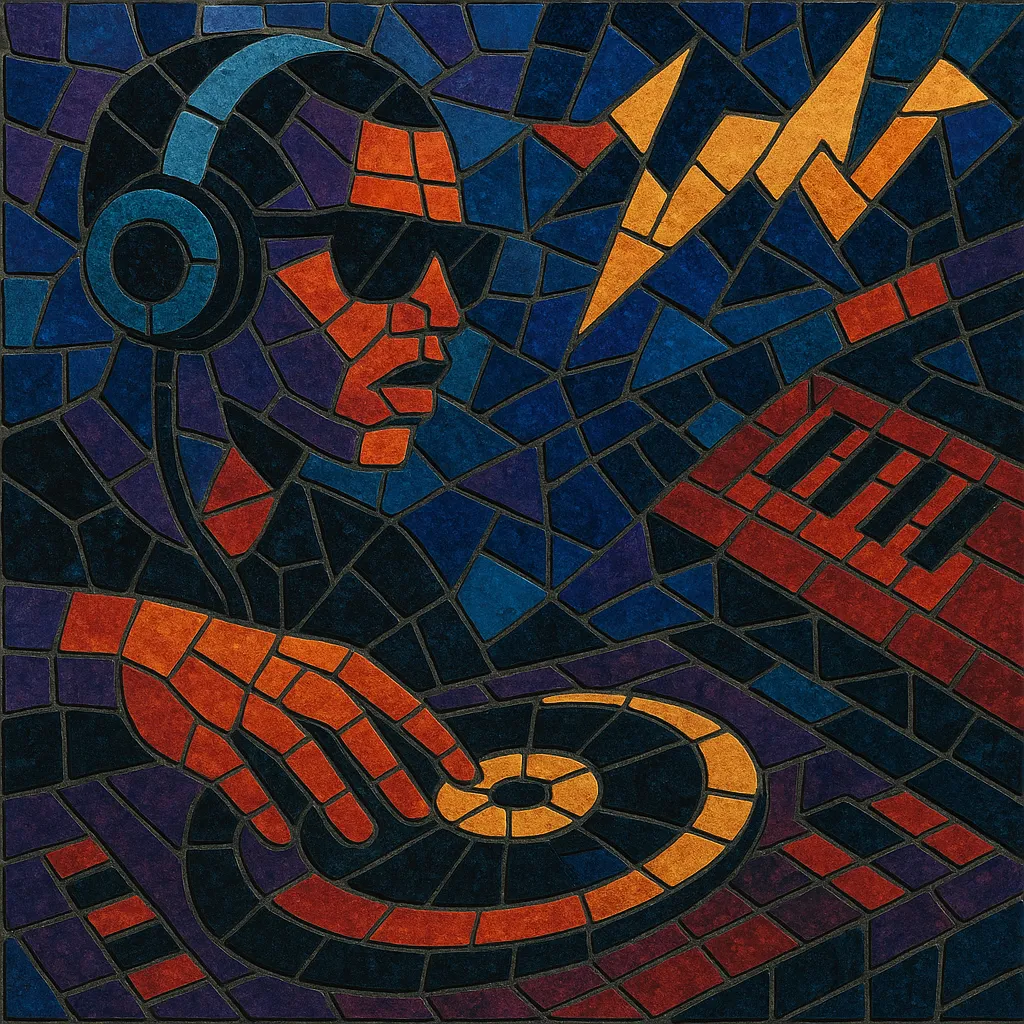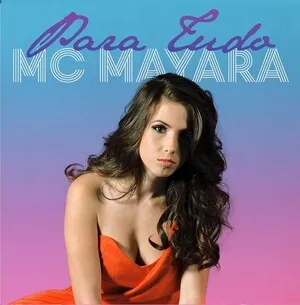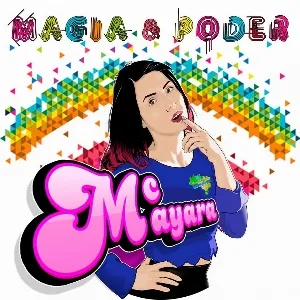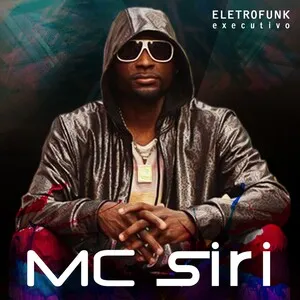Eletrofunk (often written as "eletro-funk") is a Brazilian club-oriented offshoot of funk carioca that blends the genre’s call-and-response MC energy and tamborzão-derived grooves with the sleek, synthetic textures of electro and electro house.
Typically in the 125–140 BPM range, it favors four-on-the-floor kick patterns or a driving half-step pulse layered with syncopated claps, intricate hi-hats, and percussive fills borrowed from baile funk. The sound is characterized by bold, rubbery synth-bass lines, bright staccato leads, talkbox/vocoder or Auto-Tuned hooks, and crowd-hyping vocals in Portuguese.
Not to be confused with 1980s U.S. electro-funk, Brazilian eletrofunk emerged in the mid-2000s as DJs and MCs in cities such as Curitiba and São Paulo fused European club sonics with local funk party aesthetics, creating a glossy, high-energy style designed for big sound systems and dance floors.
Eletrofunk took shape in Brazil in the mid-2000s when baile funk DJs and producers began absorbing the then-surging electro and electro house sounds circulating through global club culture. Parties in southern Brazil—notably in Curitiba—became hubs where the tamborzão DNA of funk carioca was fused with four-on-the-floor kicks, glossy synths, and vocoder hooks.
As Brazilian EDM audiences grew, MCs and DJs experimented with brighter, more synthetic timbres, punchier sidechained basslines, and chant-like hooks aimed at stadium-style crowd response. The result retained the swagger, call-and-response, and Portuguese street vernacular of funk while embracing the precision and sound design of European club music.
By the late 2000s and early 2010s, eletrofunk cuts circulated across Brazil’s party circuits and online platforms, influencing regional strands of funk (e.g., Minas Gerais and São Paulo scenes) and cross-pollinating with blog-era electro, trap/bass music, and later Brazilian EDM movements. Its emphasis on sleek synth work and big-room arrangements helped pave the way for more polished, export-ready Brazilian club styles.
While it borrows from electro sonically, Brazilian eletrofunk is distinct from the 1980s U.S. electro-funk tradition associated with artists like Afrika Bambaataa. Eletrofunk is rooted in the baile funk continuum, prioritizing MC-led party dynamics, Portuguese vocals, and Brazil-specific rhythmic phrasing.






